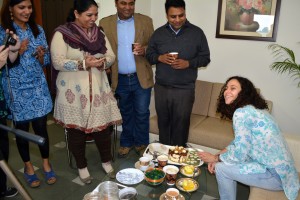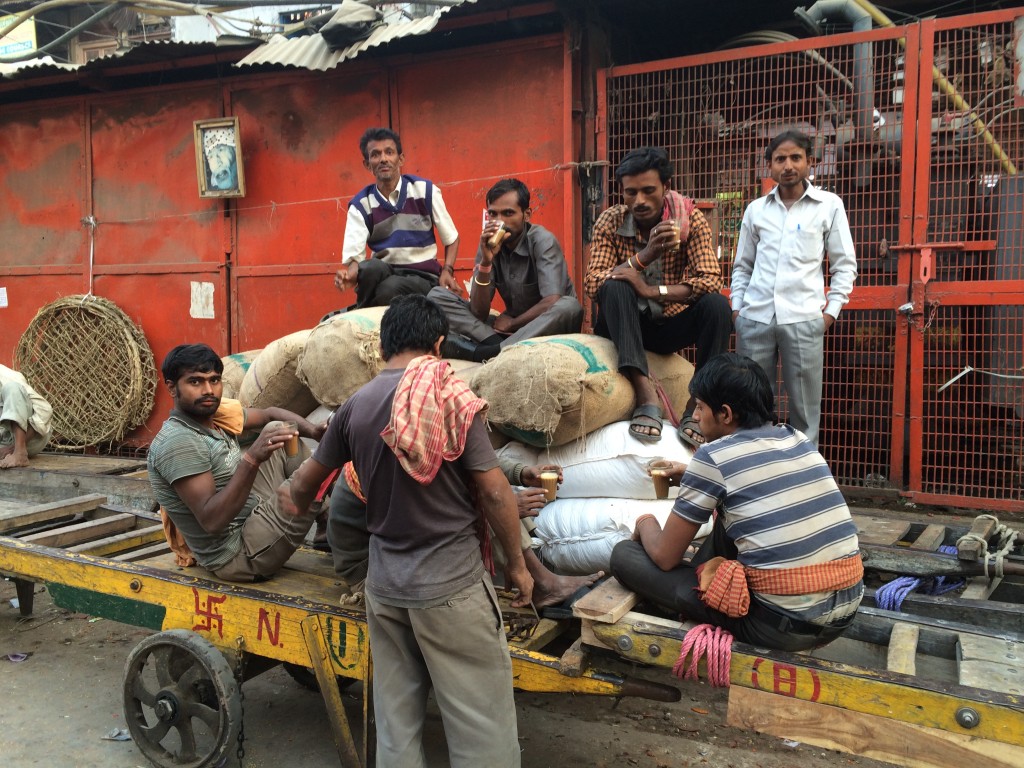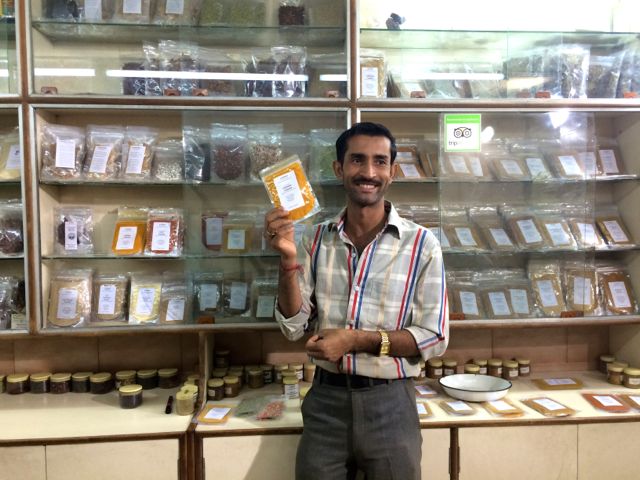While a lot of you out there are frequent chai tea drinkers, I’ll bet you didn’t know that chai originated in India. In fact, India consumes more tea than any nation in the world! Historically, ancient Indians used teas as medicinal herbal remedies to cure a variety of ailments.
Some of the Masala Chai mixes, or Kahra, were taken from ancient Ayurvedic medical writings. Although chai (translates to tea in Hindi) is not as frequently used for herbal remedies today, some chai makers prefer to add certain herbs or spices that have been scientifically proven to improve certain aspects of one’s health, such as turmeric or cumin, which is said to aid the sickly with rising fevers.
Typically chai tea consists of a boiled mixture of black tea leaves, milk, sugar, cardamom, peppercorn, cinnamon, cloves and various spices native to India. One of the most popular chais in India is Masala chai, the term ‘Masala’ simply meaning ‘mixture of spices.’ Chai, typically Masala chai, is so popular that is offered as a complimentary beverage to welcome guests, at meetings, shops, home visits, dinners and for breaks throughout the day.
Go Eat Give group that went to northern India got to experience this firsthand upon entering almost every business and home.

Our Go Eat Give group having chai and cakes for Amanda’s birthday with one of our host families in India.
While in India, Go Eat Give visitors had the pleasant opportunity to learn more about the process of how chai is created. This process begins with harvesting tea leaves, typically grown in higher plateaus of north India, southern slopes of the Himalayas, and Nilgiri hills in the south. Like wine, the flavor, strength, and acidity levels of the tea leaves depends on when they are harvested. Following the plucking of the tea leaves, the chlorophyll begins to break down, releasing tannins. This oxidization causes the tea to darken. This darkening is then stopped at desired stages that will determine certain qualities by heating the leaves.
With black tea, which is the tea used for chai, the leaves are heated as well as dried at the same time in order to lock in flavor. The caffeine in black tea is about one-third that of coffee, making it less acidic and easy to digest.
Once the leaves are dried, they are either bagged or sold to tea stores as loose-leaf tea. Most of the time, authentic Indian chai is prepared by using a decoction, or loose-leaf tea. The recipe is as follows – bring 1 cup water to a boil, add 1 teaspoon of tea leaves for every cup prepared. Add 1/2 cup whole milk (skim and 2% are newer options now found in India), as well as a combination of spices or tea masala. Let it come to another boil, then turn off heat. Use a strainer to pour the liquid into a cup. Add sugar as needed.
This generally takes more time than the quick tea bags that are mass-produced in most other places of the world. However, it does add a homemade touch to the preparation of this drink. However, for a short cut way to enjoy Indian chai, get the Tetley Masala Chai tea bags found at most specialty grocery stores around the world. (Go to smile.amazon.com and a portion of your purchases will be donated to Go Eat Give)

